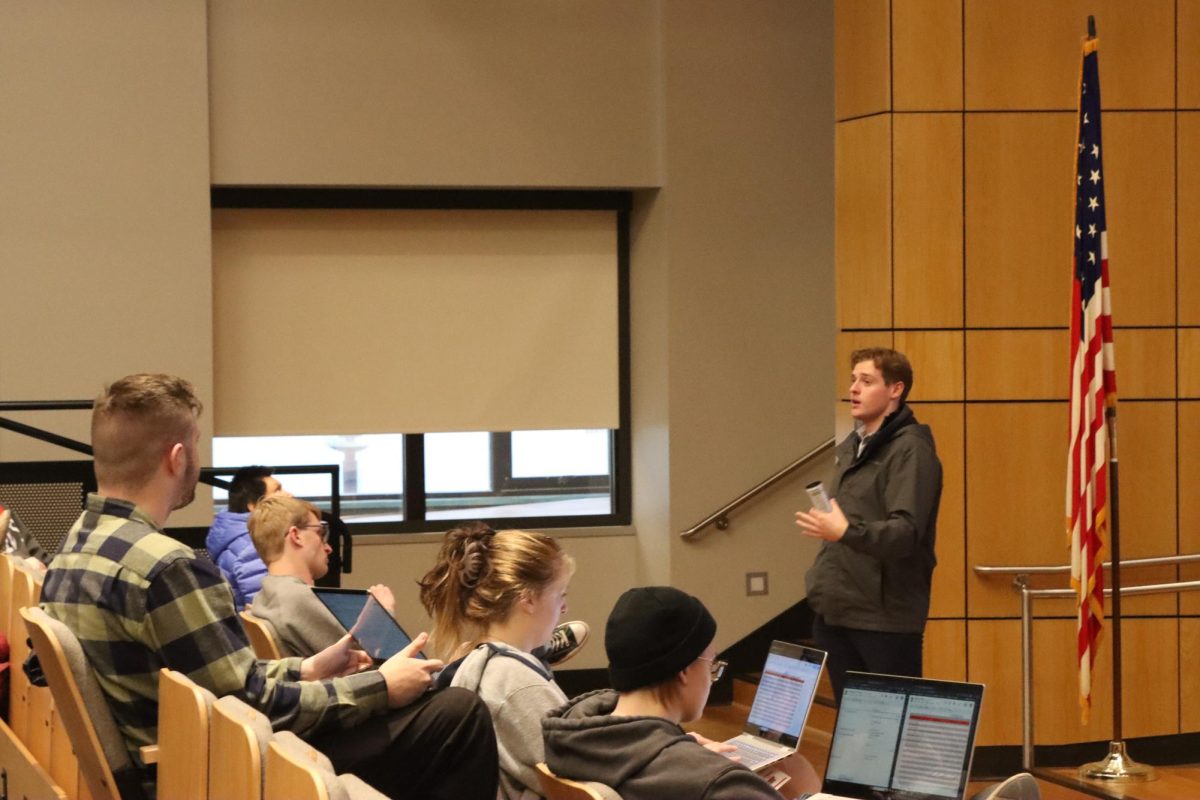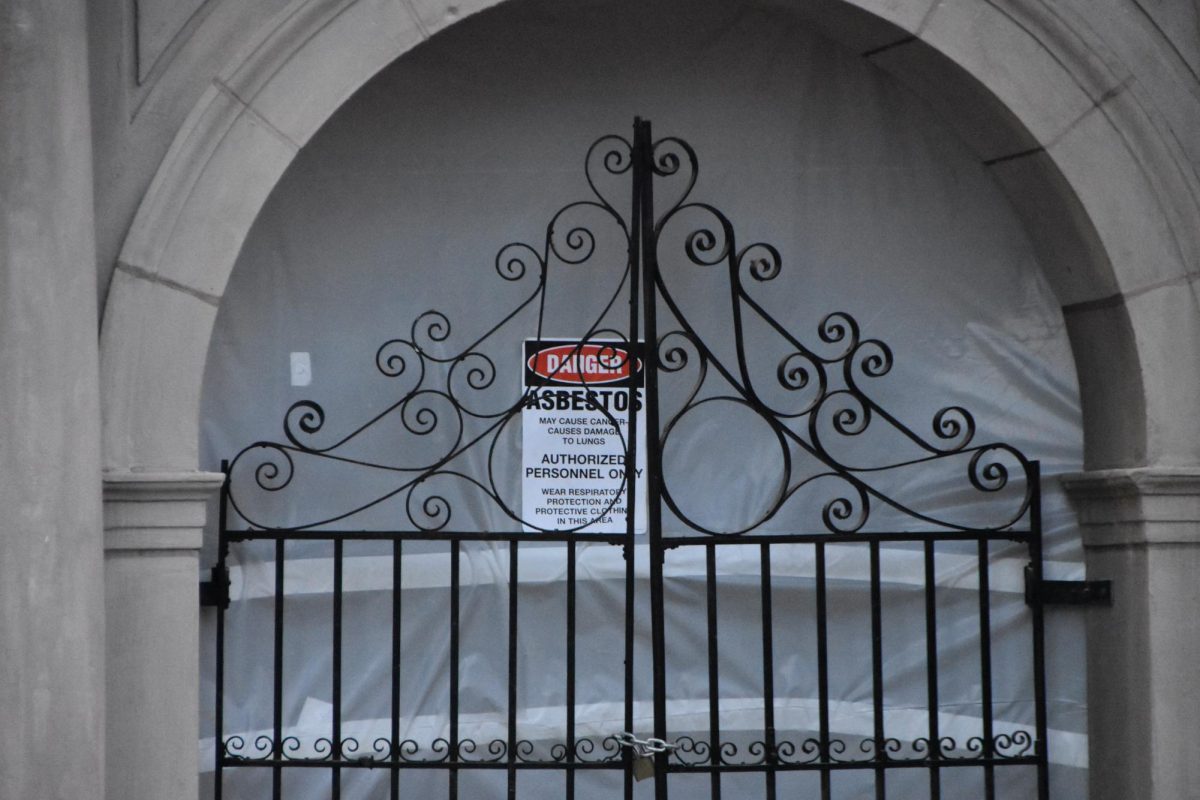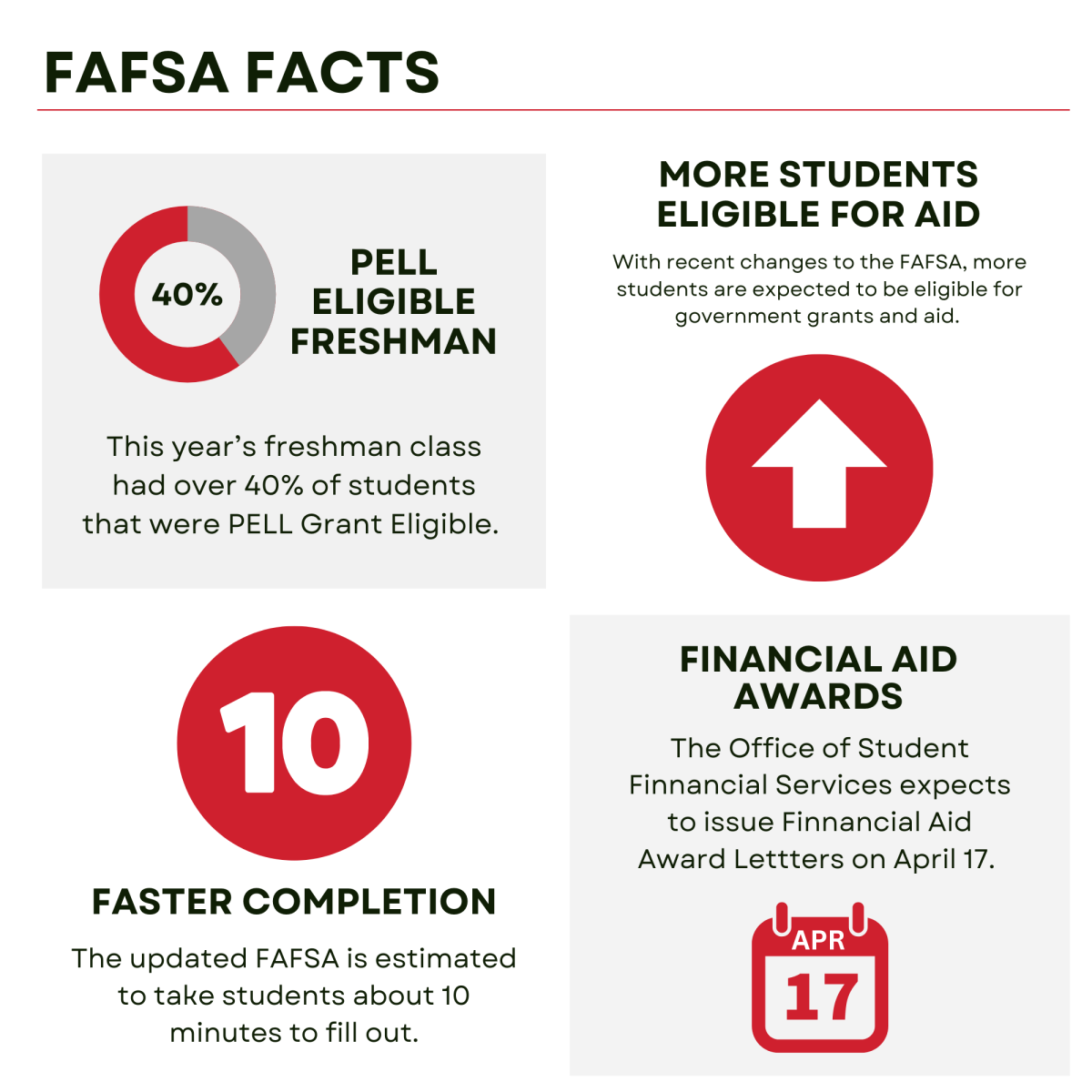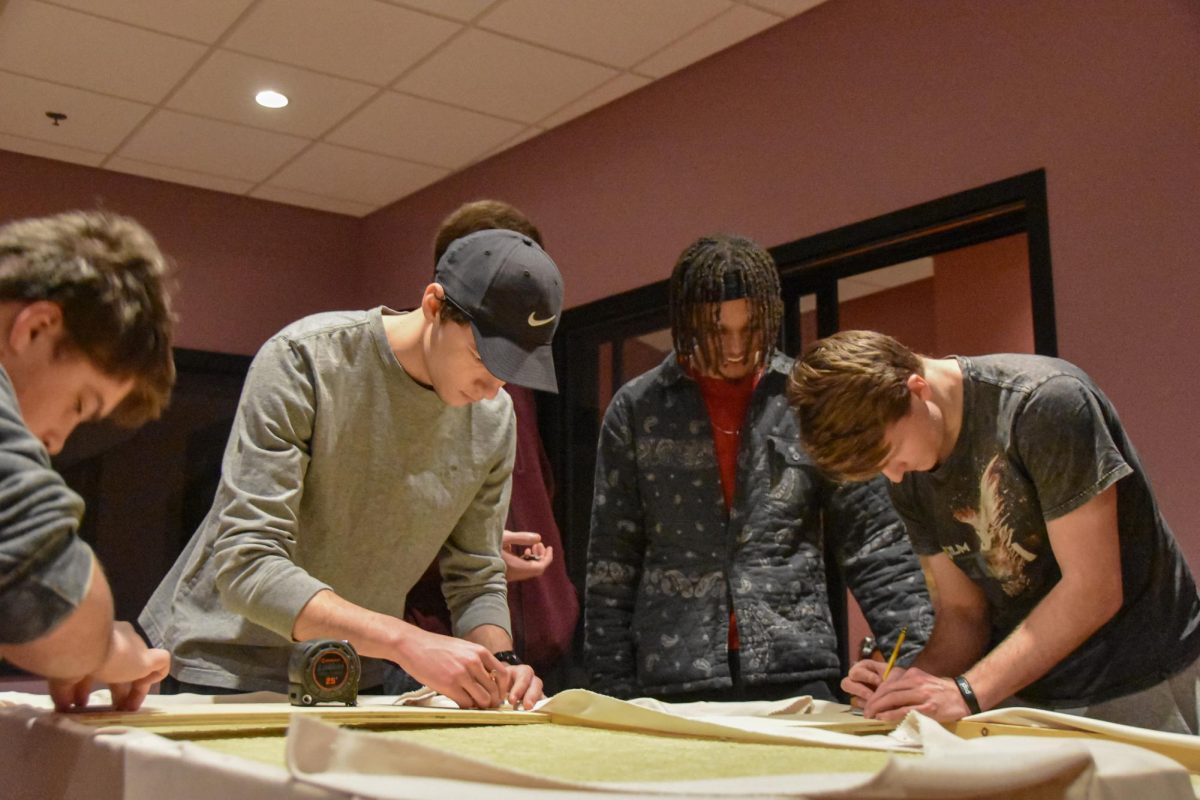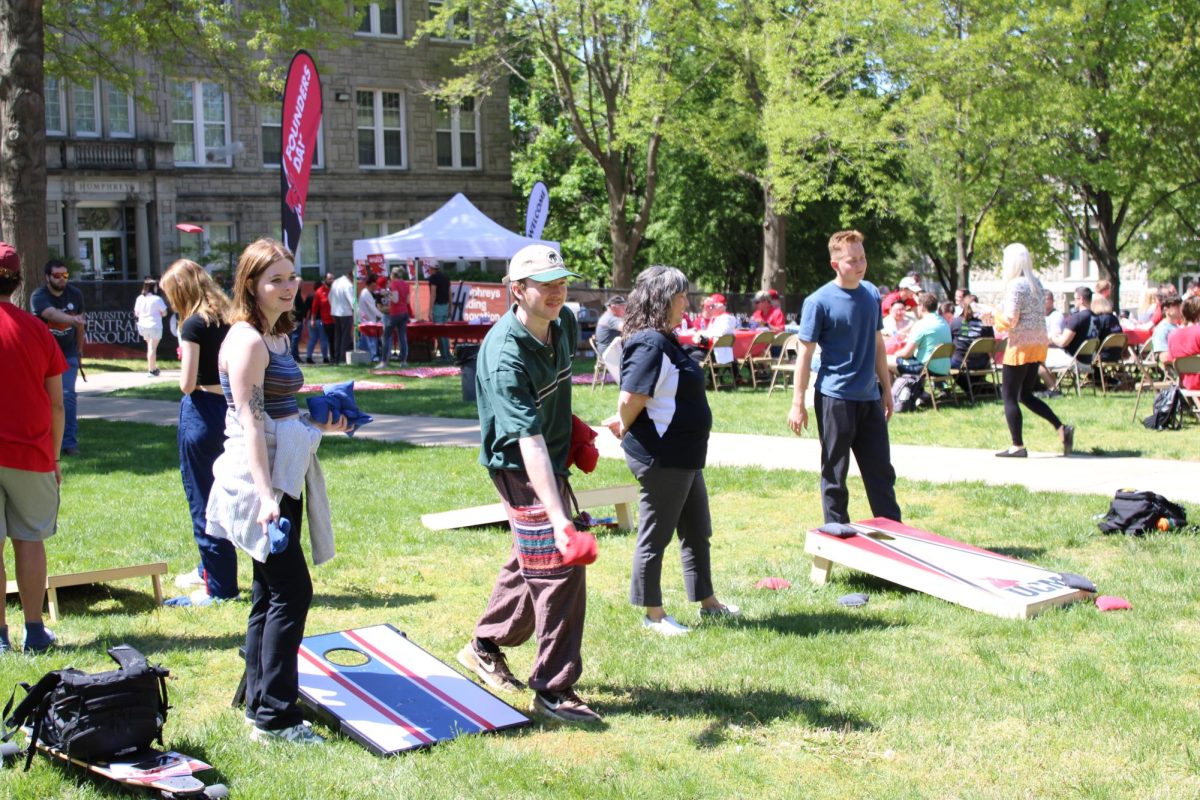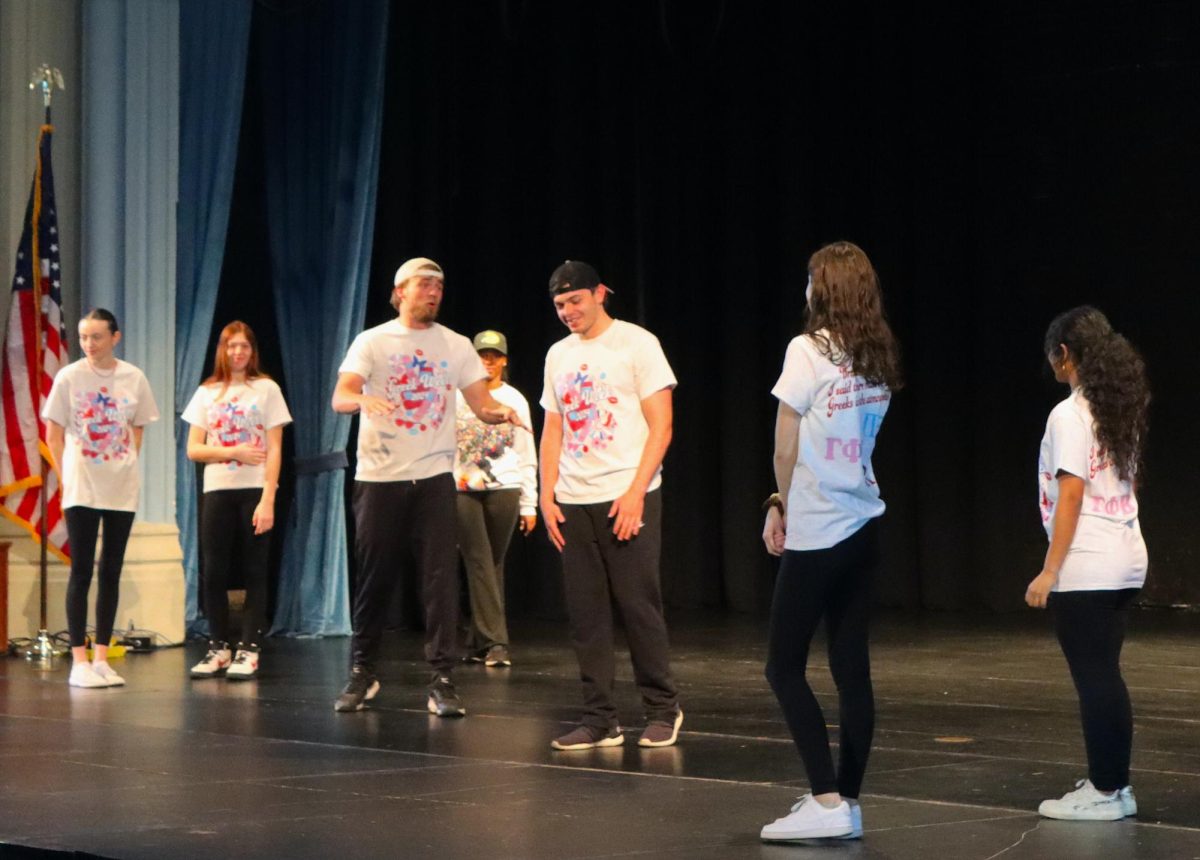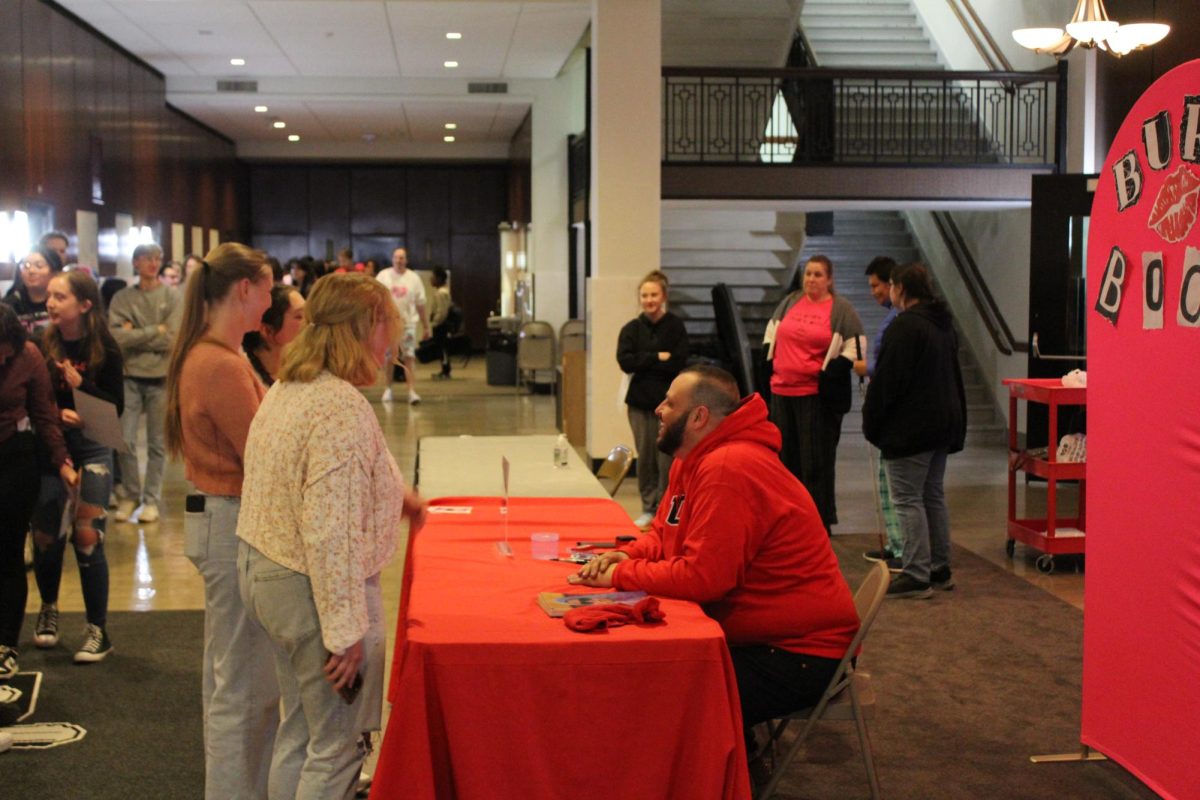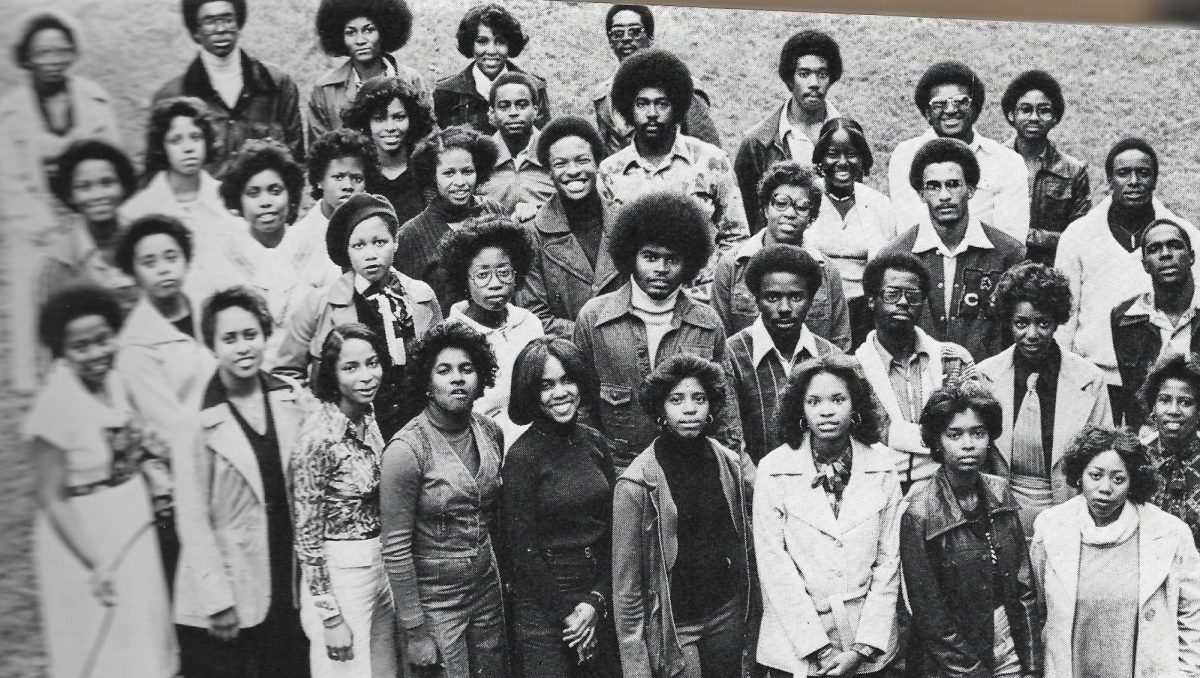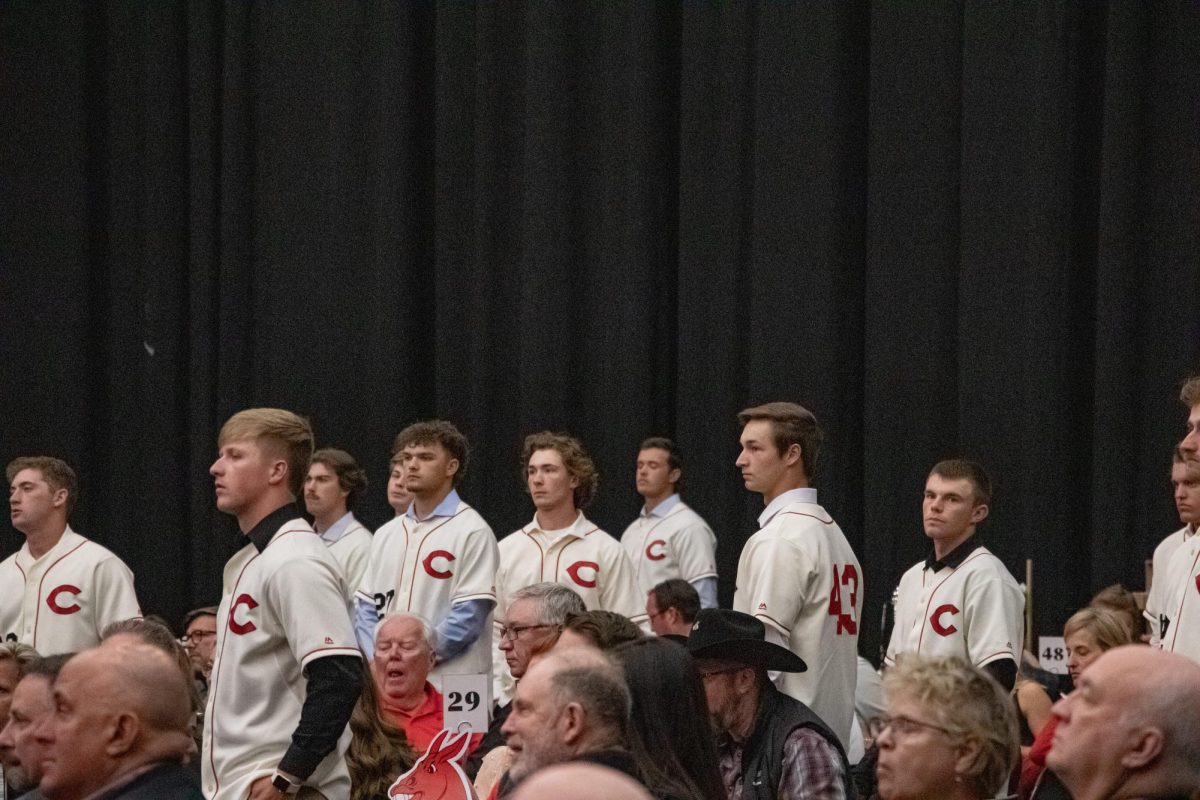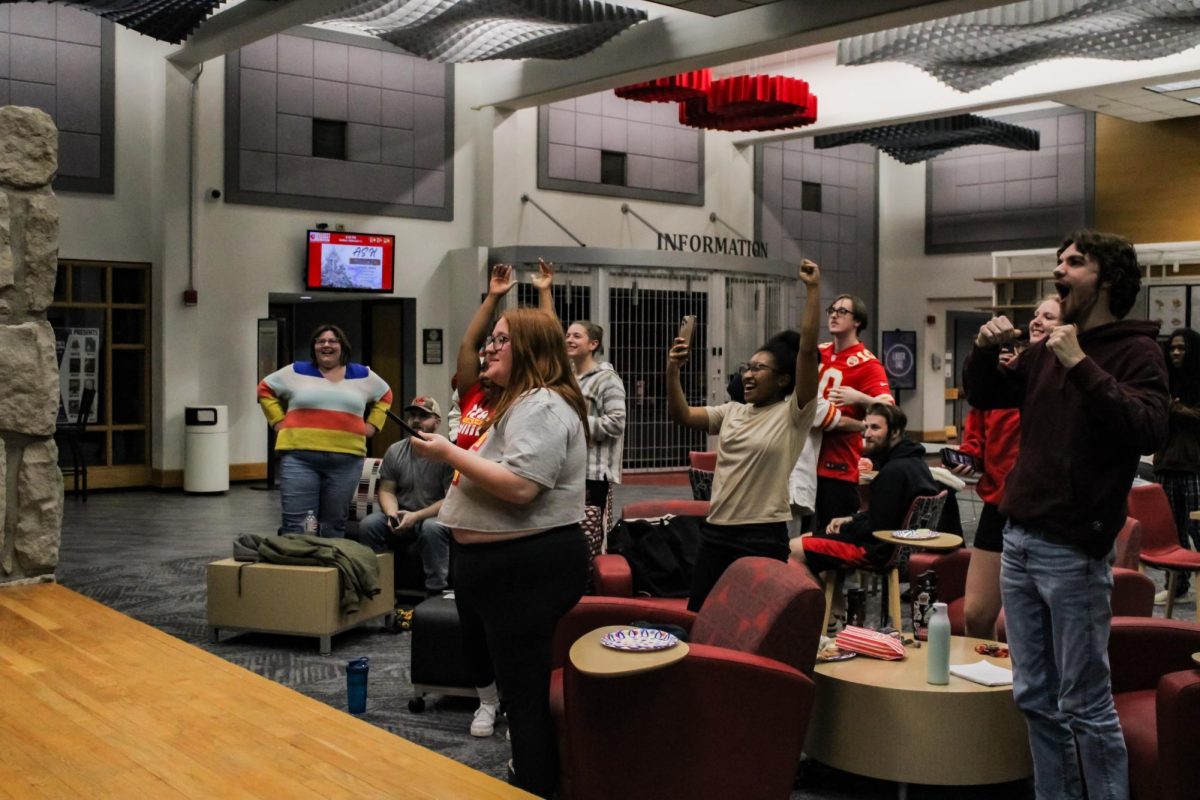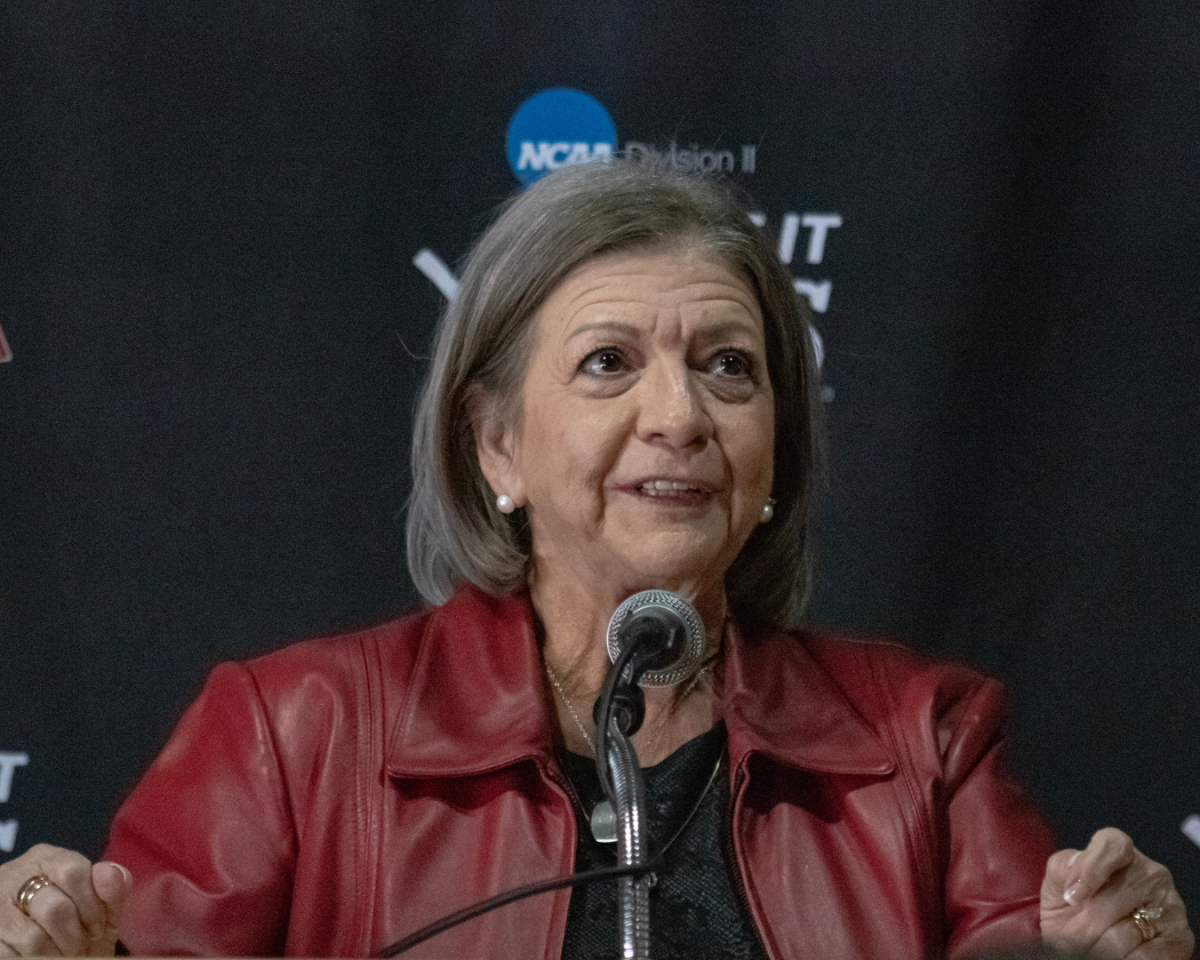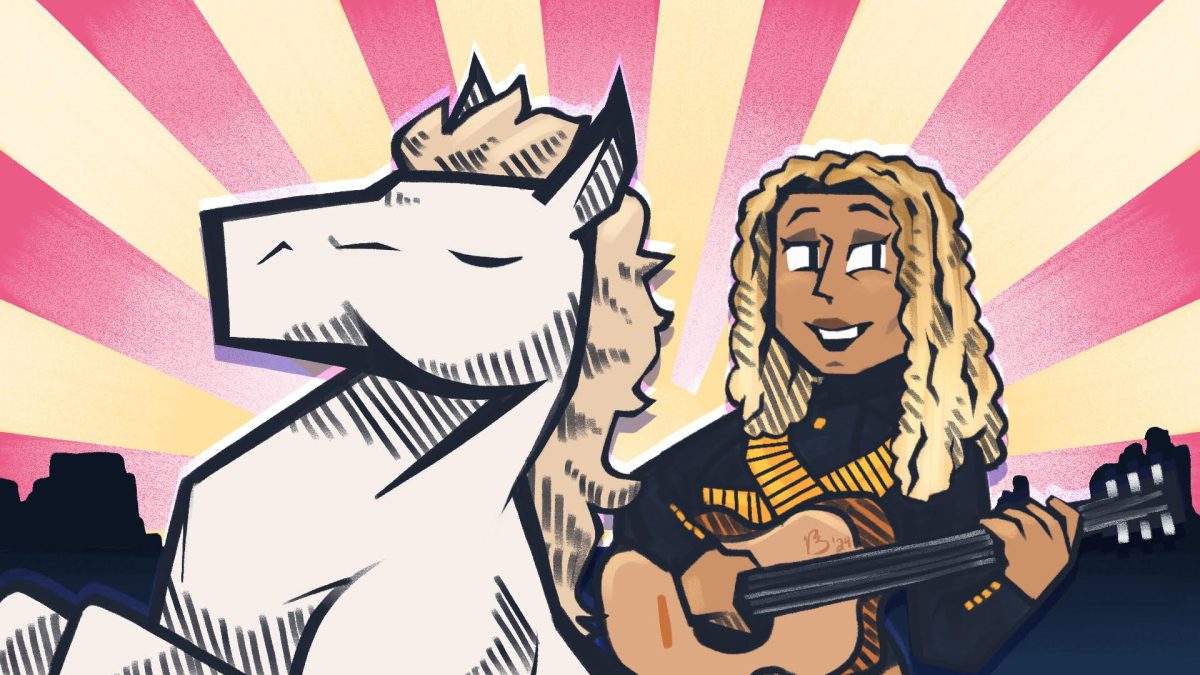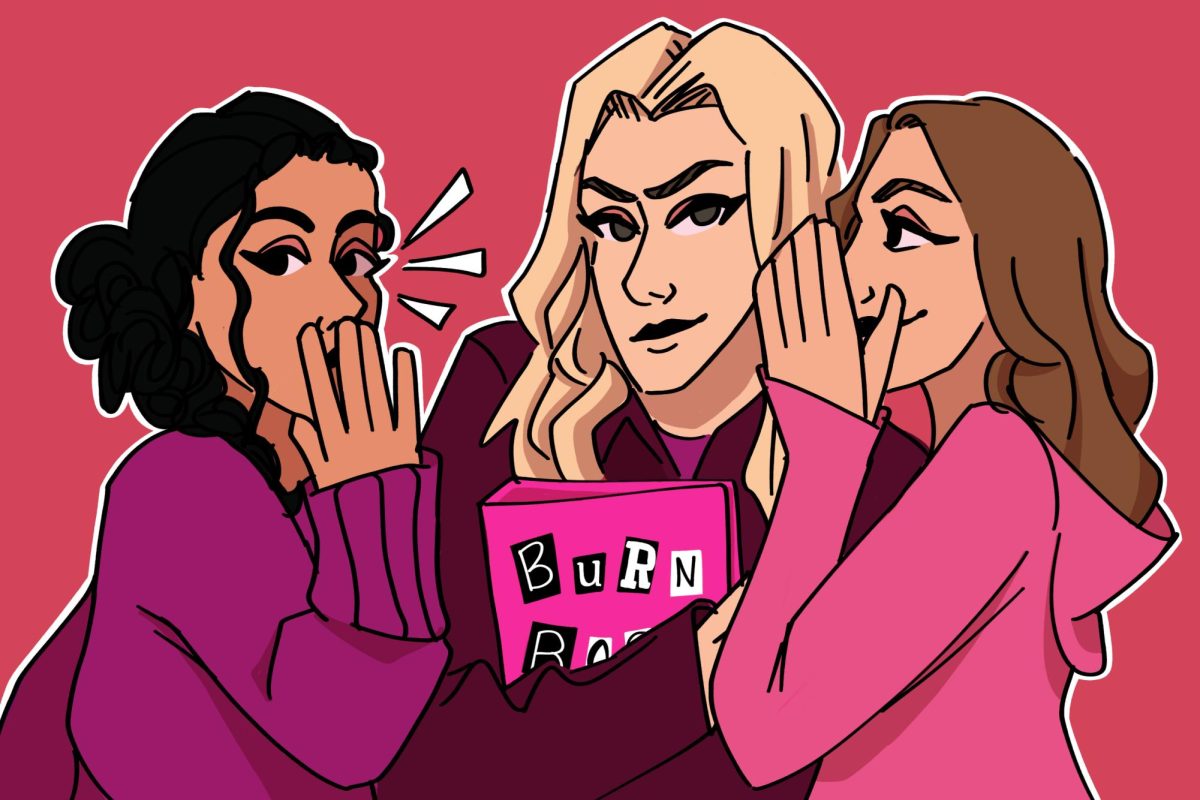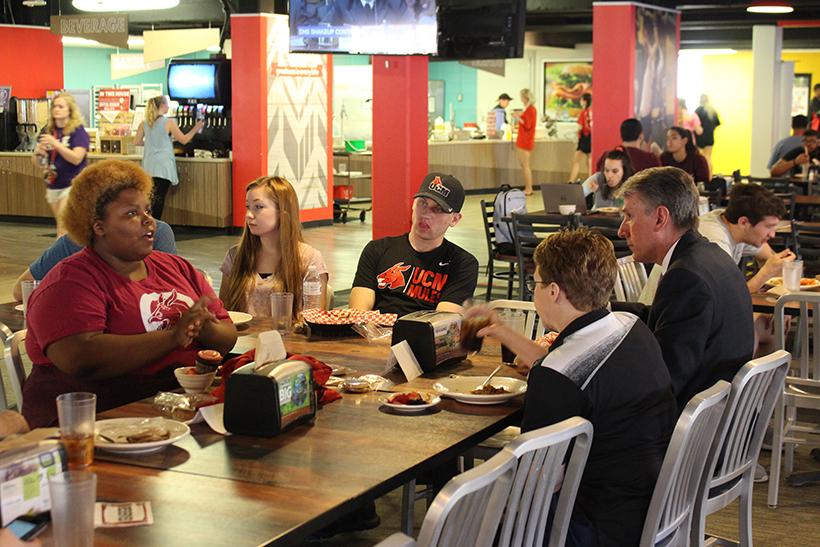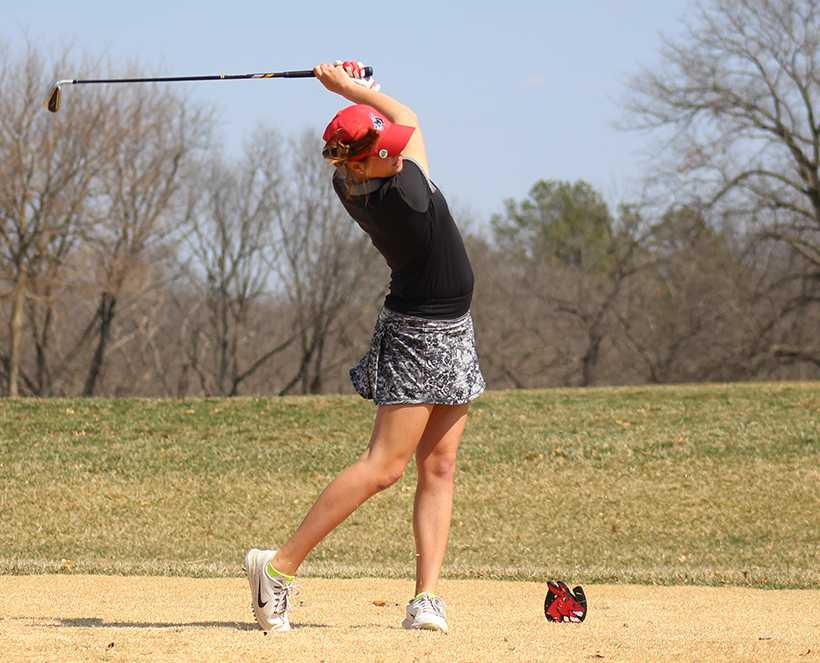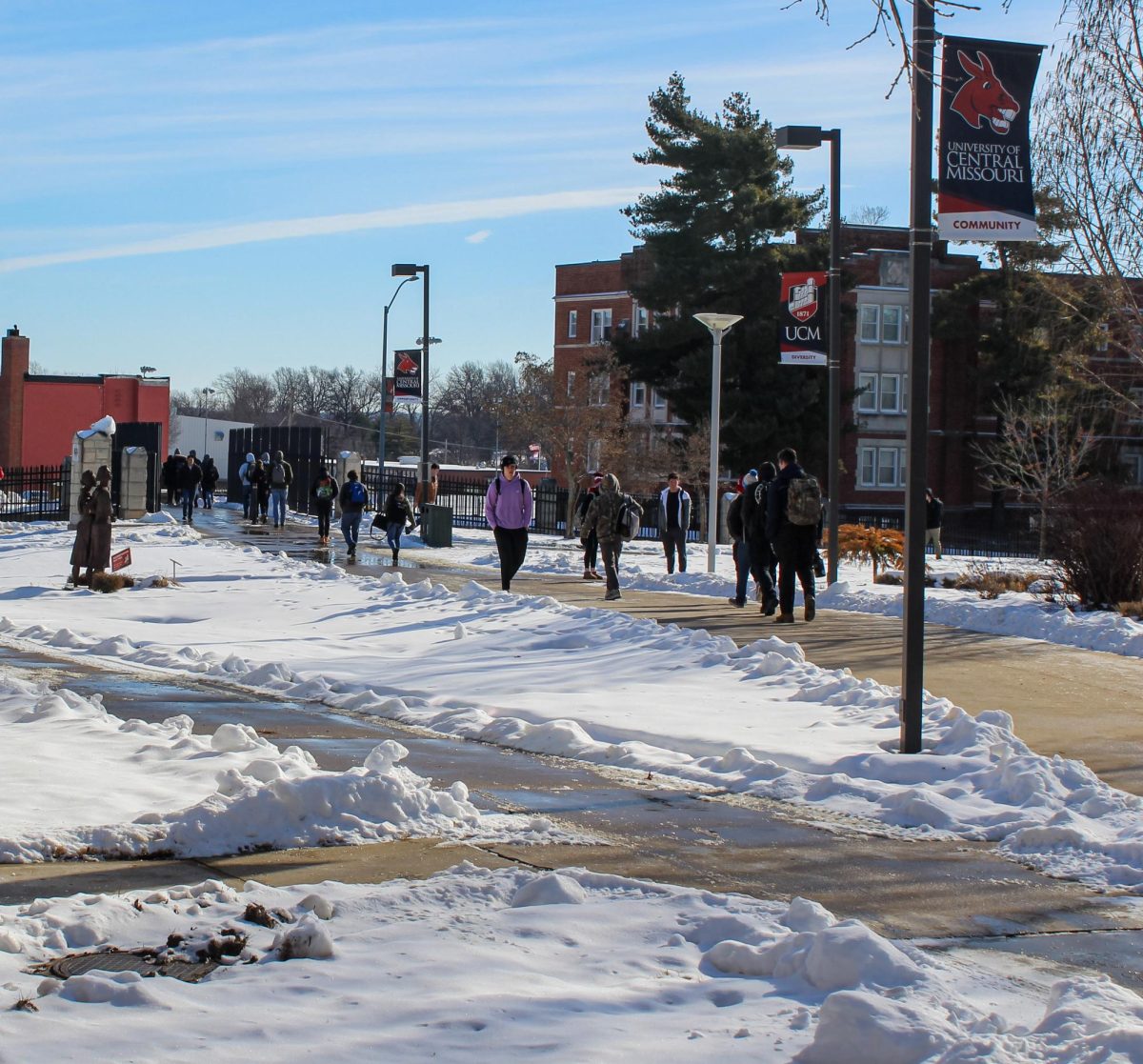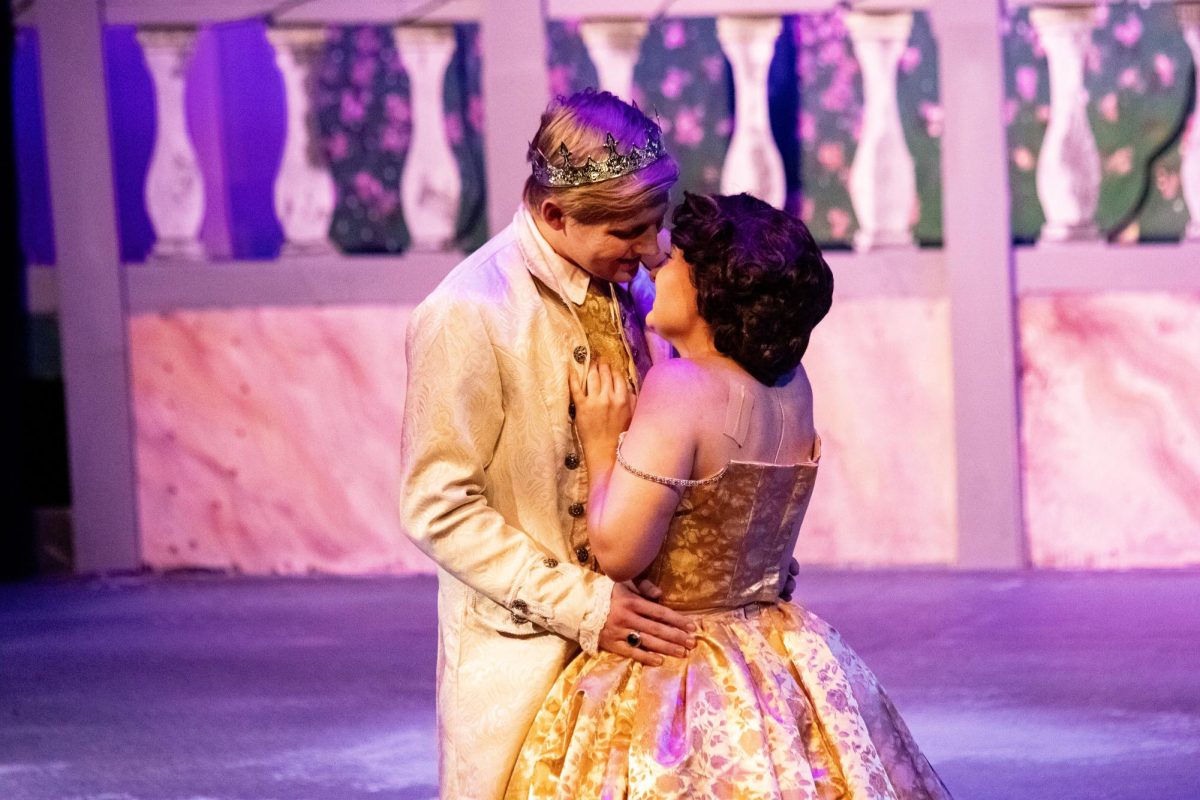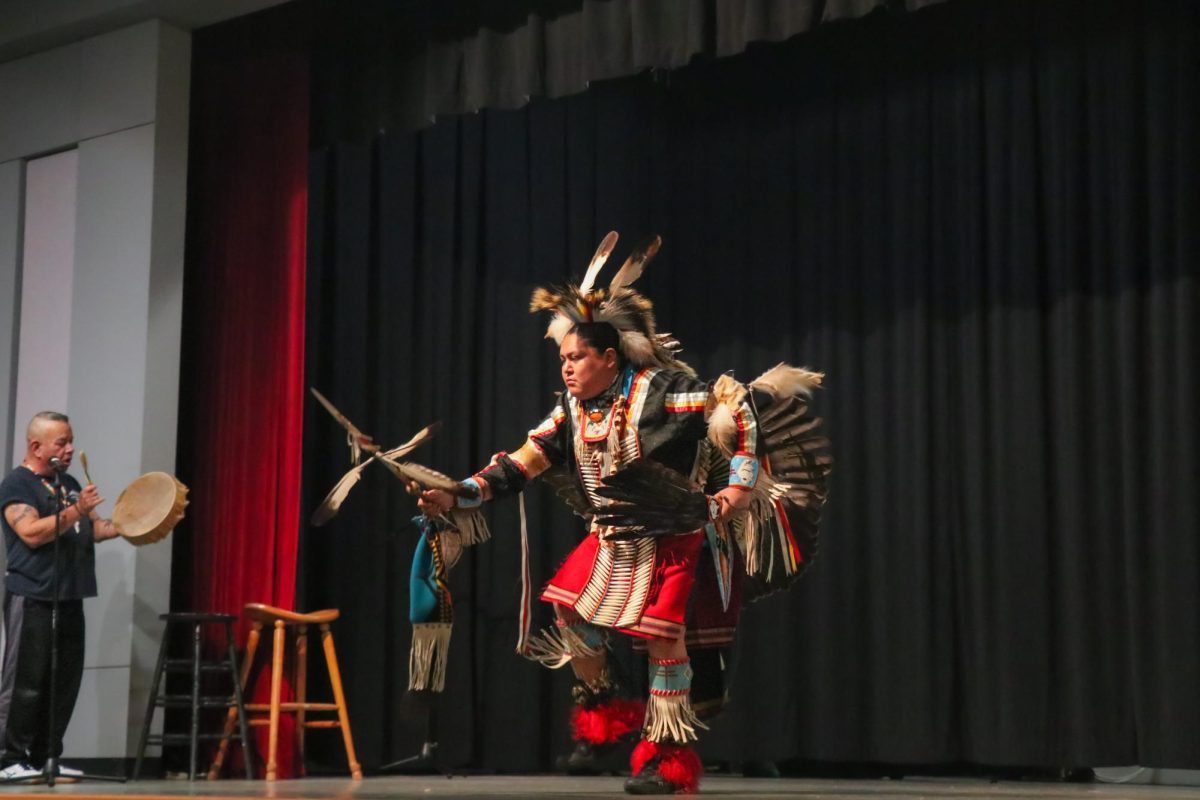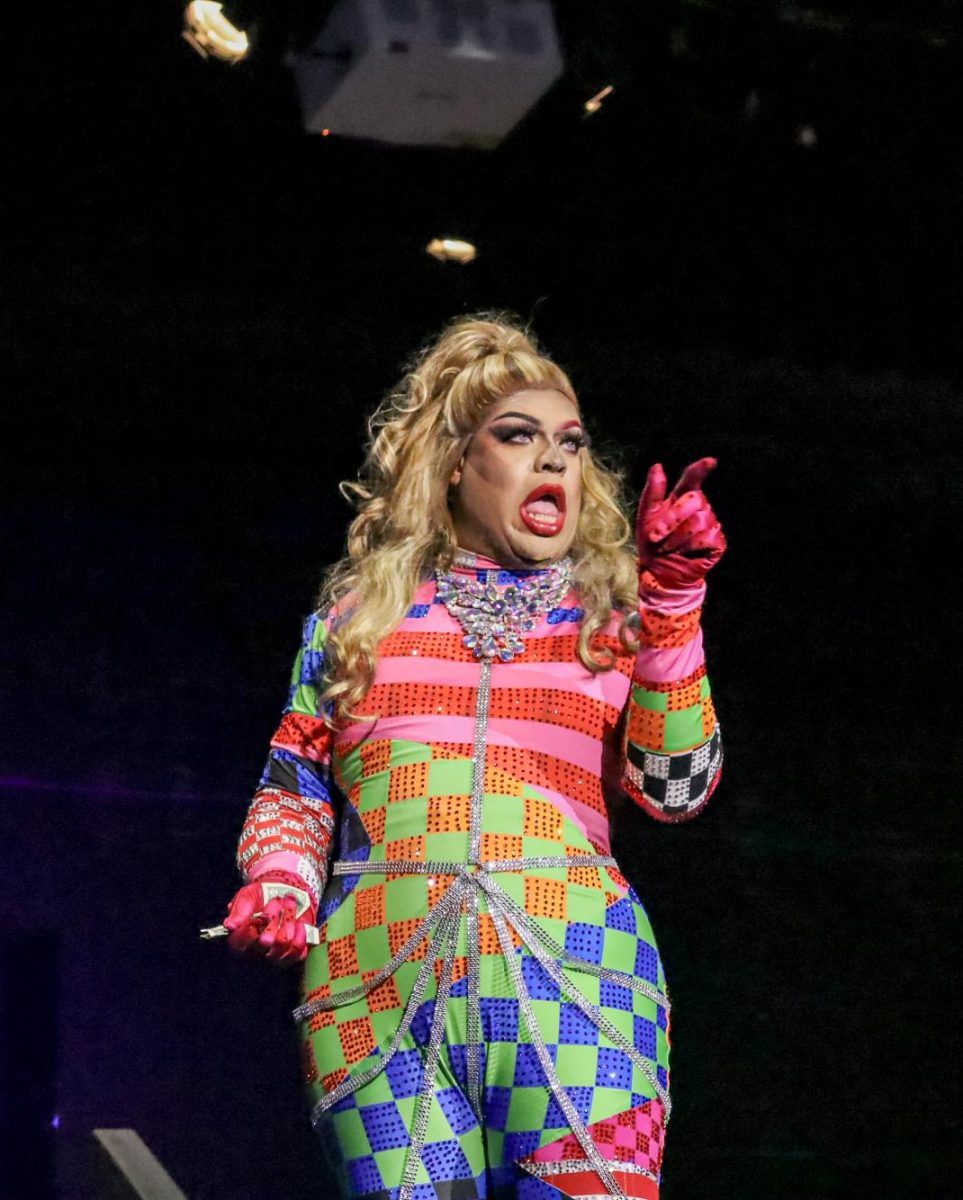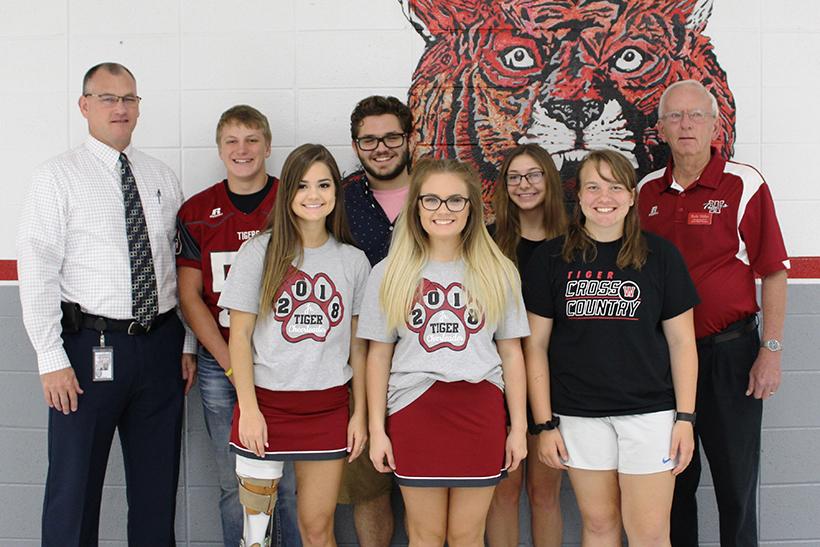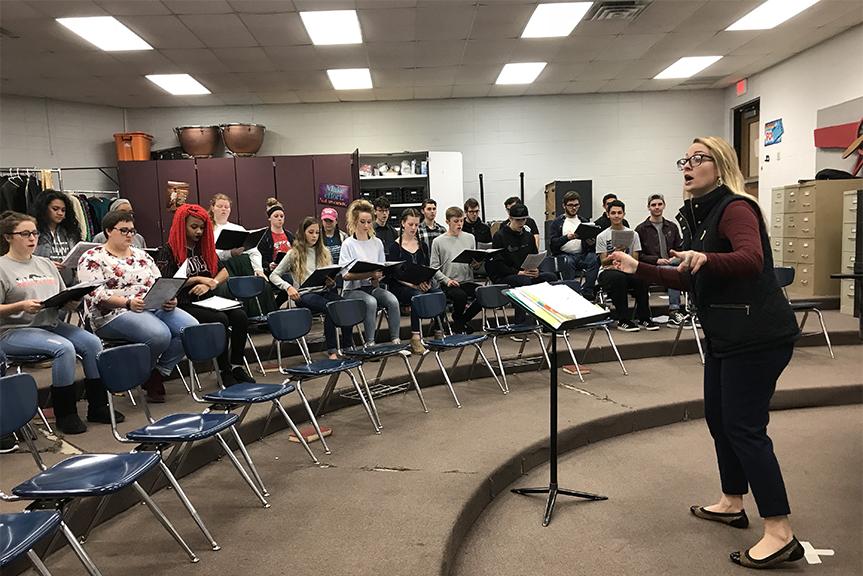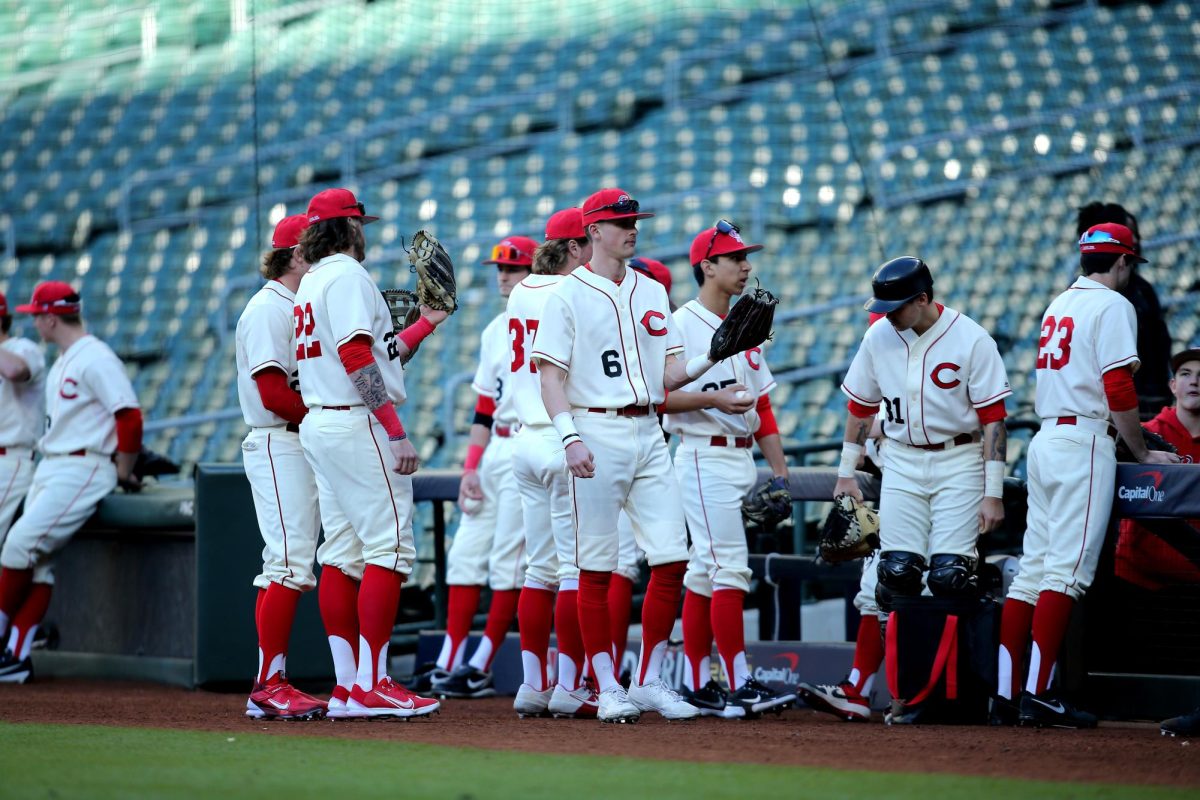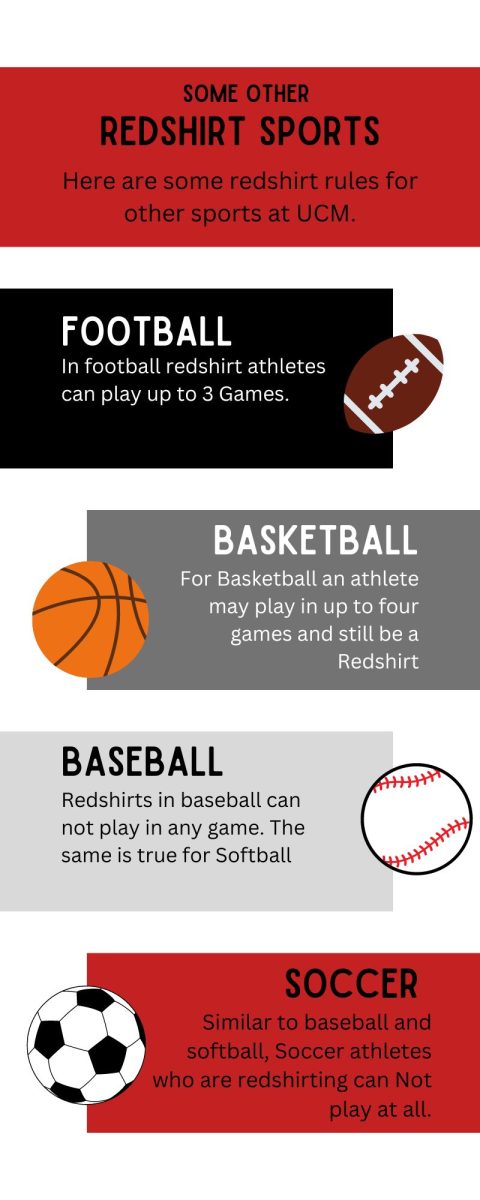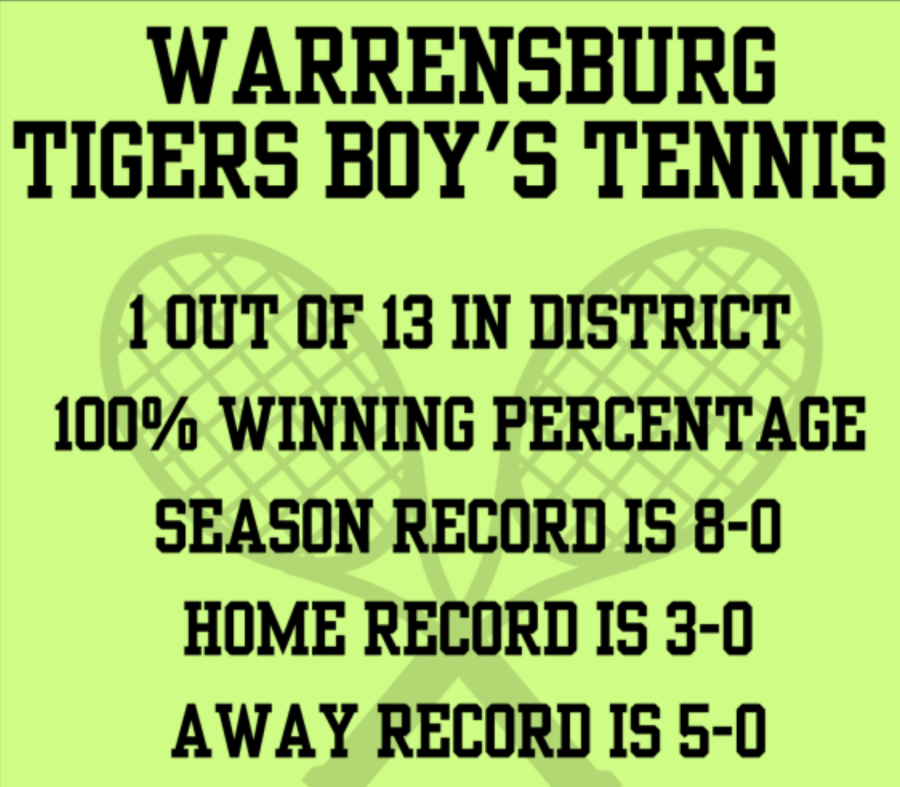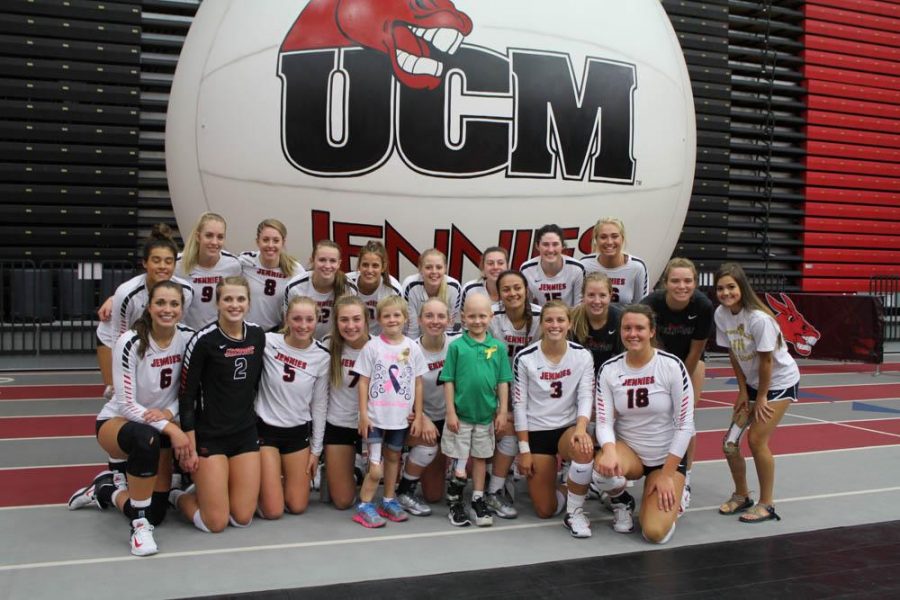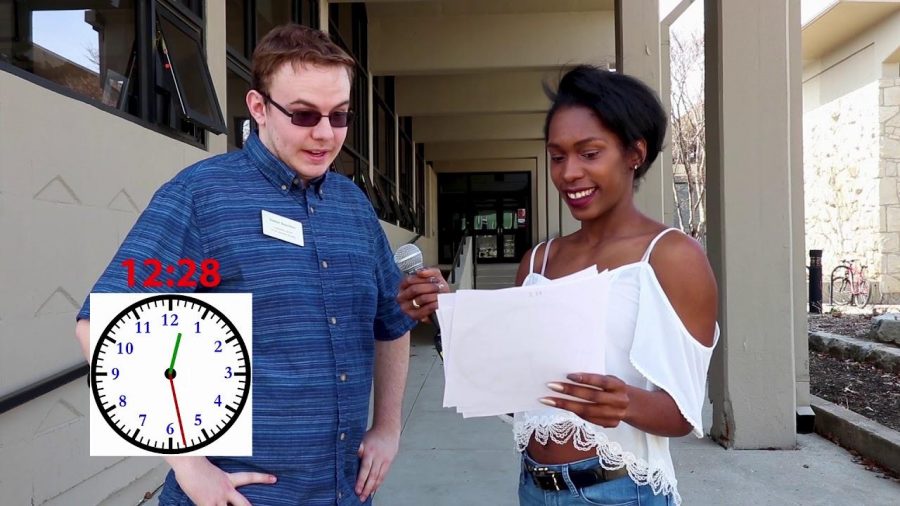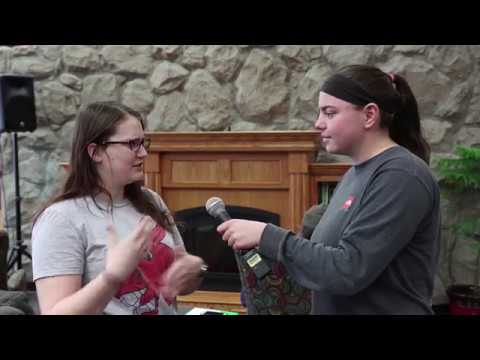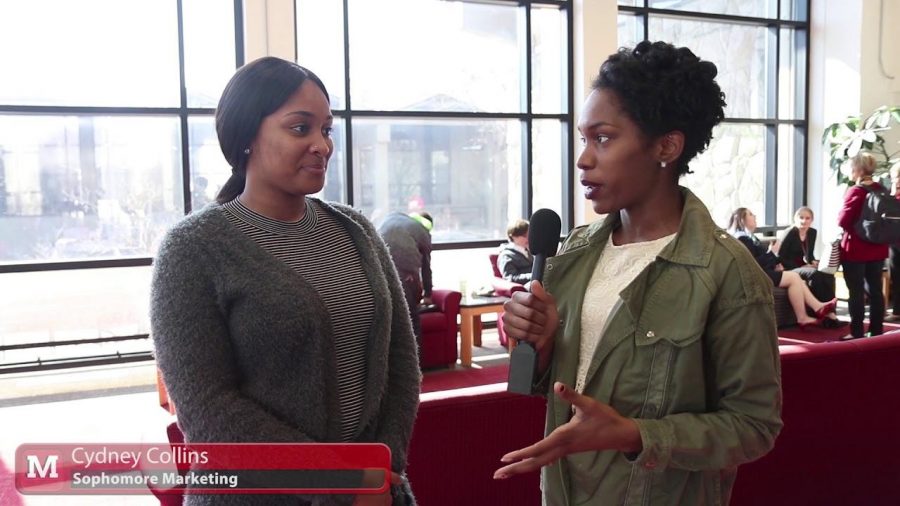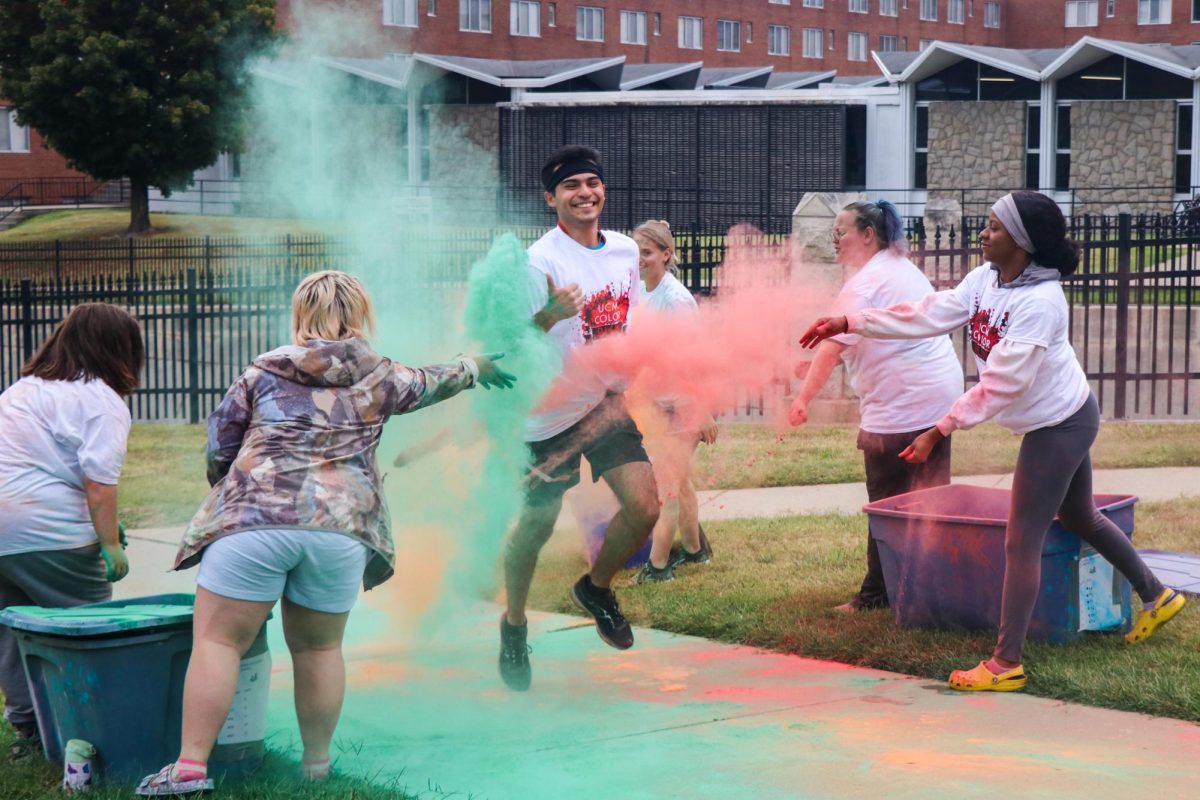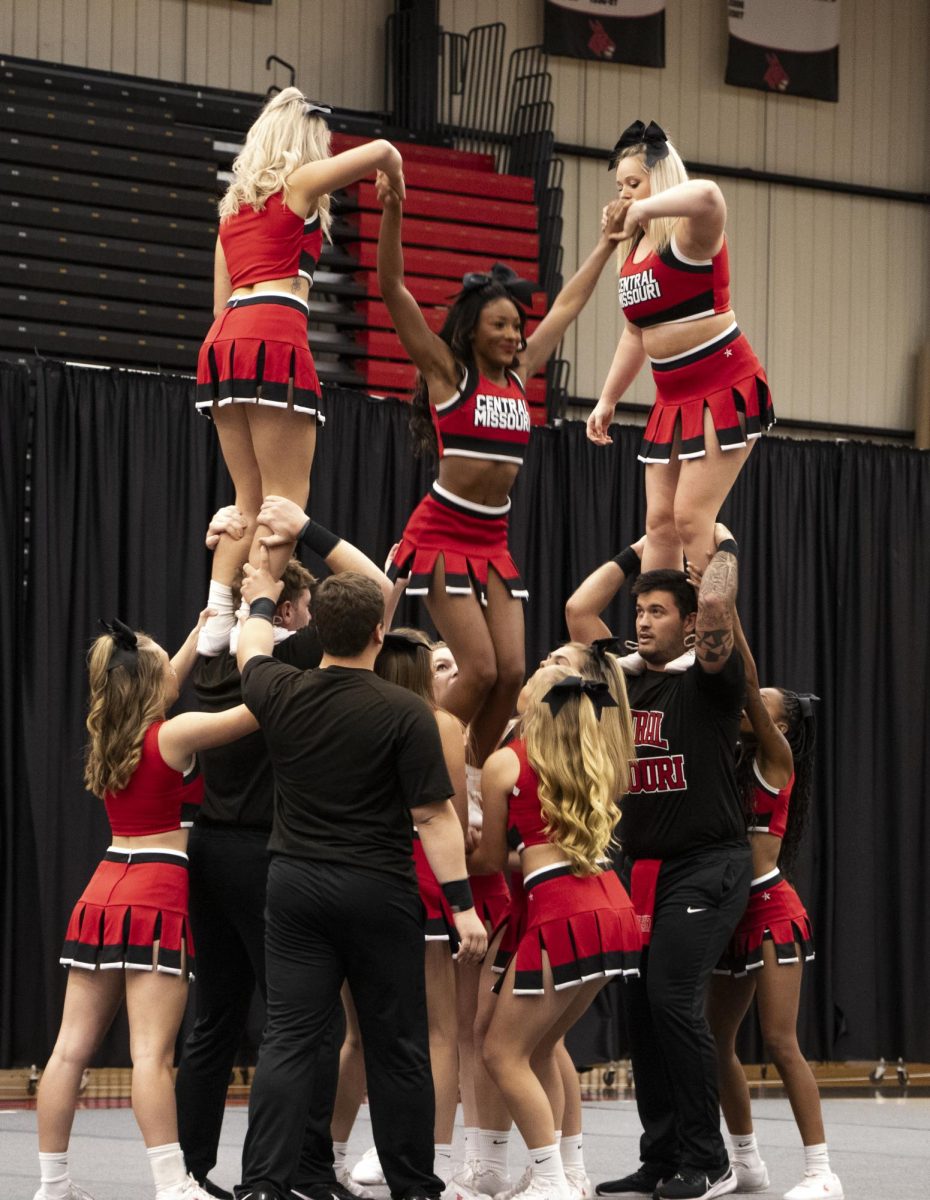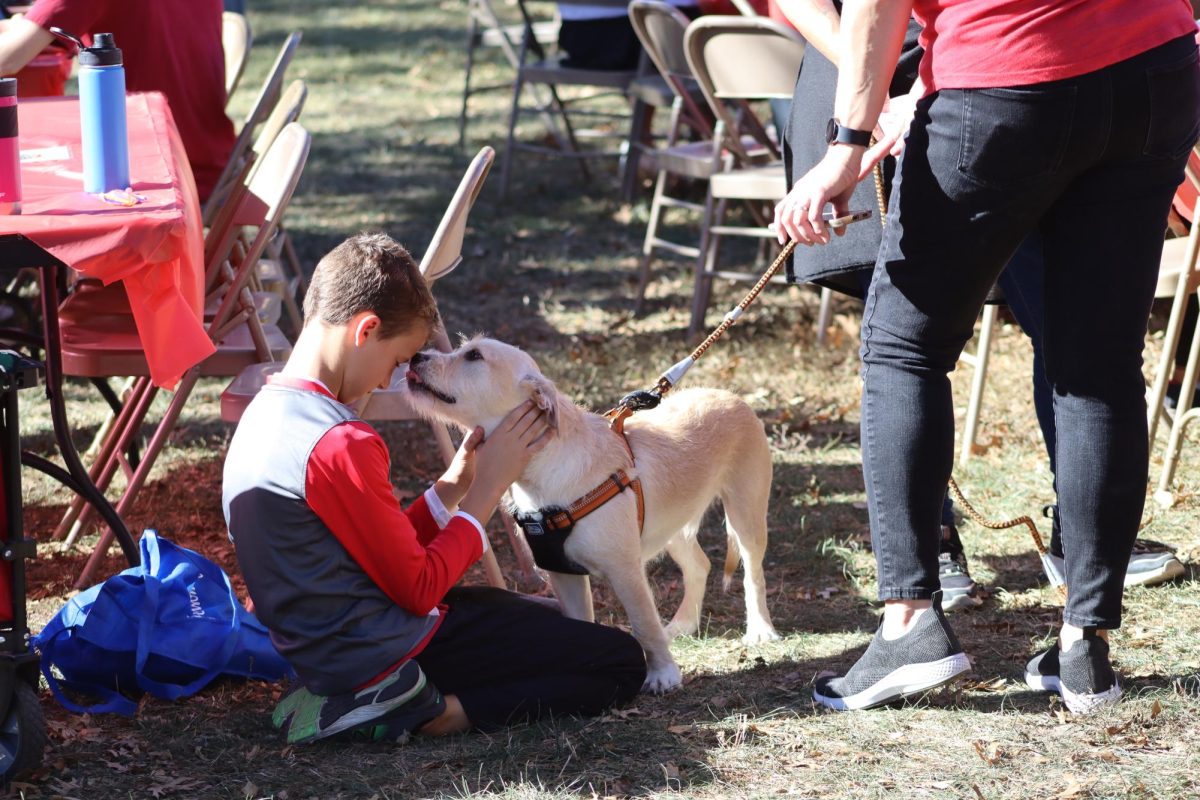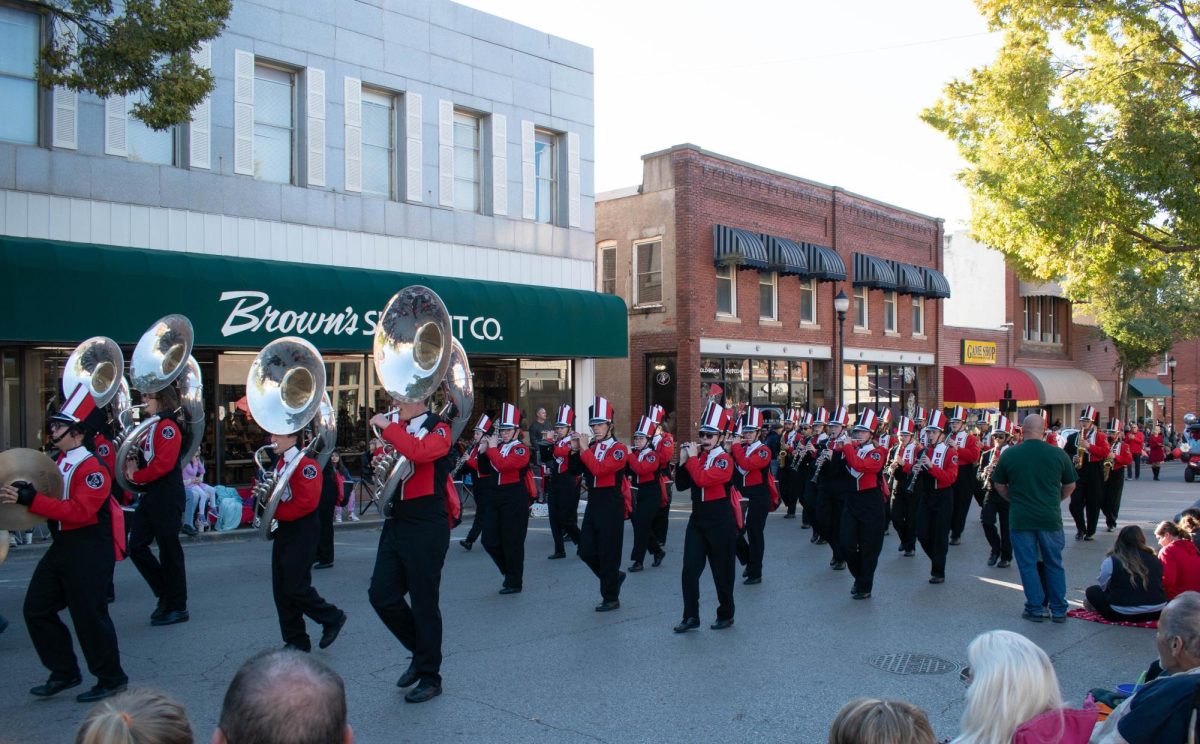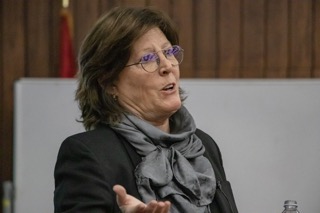The streets are crawling with children and adults in costumes that cost too much money. Buckets loaded with diabetes. Friends and neighbors turn on one another in an attempt to scare each other the most.
Or, you just wait until the day after for the discounted candy.
So what is Halloween actually all about? We enjoy this holiday year after year, but have we actually stopped and thought about how it came to be? Why are we all walking up to strangers’ houses dressed in costumes and asking for candy, even though it defies everything our parents ever told us about not talking to strangers?
In this not-so-haunted tale, the story of Halloween is unraveled.
The Halloween tradition started with an ancient Celtic festival of Samhain. People would light bonfires and wear costumes to ward off ghosts in honor of this festival.
The Celts celebrated the new year on November 1, the day considered the end of summer. They believed on the night before the new year, the worlds of the living and the dead combined. On this night, Celtic priests built sacred bonfires where people gathered to sacrifice crops and animals. The Celts wore animal heads and skins for costumes and would attempt to tell each other’s fortunes.
By the ninth century, Christianity had spread into Celtic lands. In 1000 A.D., the church wanted to honor the dead by turning Nov. 2 into All Souls’ Day. It was similar to the pagan tradition, but included parades and participants dressed as saints, angels, and devils.
The All Souls’ Day celebration was also called All-Hallows, which became “Halloween” once the holiday spread to America. But because of the rigid Protestant belief systems, celebrating Halloween was limited. Once more beliefs and customs began to emerge, the American version of Halloween emerged.
Masks After Dark
When ghosts were believed to come back to the living, people were concerned they would encounter ghosts when leaving their houses. For protection, people would wear masks when they left their home after dark so the ghosts wouldn’t recognize them.
Even though some people don’t like Halloween, it could be much worse. We could be walking around with dead animals hanging on our bodies. Instead, millions of dollars are being spent on candy and costumes across the United States.
Recent Stories
- UCM Founders Day rounds out semester
- New Trend: Artists switching genres
- UCM Greek Life Prepares for Greek Week
- “Xanadu”, the absurd and the heartfelt show by UCM Theatre
- Spring Break Poll
- Skinner on the Street
- SGA to hold upcoming election
- “Now that’s a party!”: A “Mean Girls” (2024) Review
- Mo’s Activity Council hosts Mean Girls actor, Daniel Franzese
- Former World Series MVP speaks at UCM First Pitch Banquet

